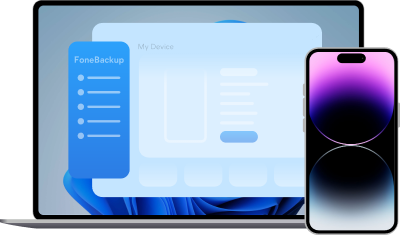How to Turn off Two-factor Authentication on iPhone
Are you still puzzled with turning off two-factor authentication on iPhone? After reading this guide, you will know what is two-factor authentication and how to disable two-factor authentication on iPhone and Mac.
Part 1. What is Two-factor Authentication?
Two-factor authentication on iPhone is an authenticating process or security measure provided by Apple, which helps users to protect their Apple ID information. So once someone try to access your iPhone, two-factor authentication will give an extra protection even if he/she knows your password.
Apple introduced two-factor authentication in 2015 with iOS 9 and OS X 10.11 El Capitan. You can enable two-factor authentication on the device to acquire higher level security for your Apple ID. For example, if someone try to enter your iCloud on a PC or Mac, he/she will be asked to enter a password and access to either a trusted device or verification code delivered via SMS or phone call to verify the identity.
Tips: If you create an Apple ID on the web, two-factor authentication will automatically be enabled on your account regardless of the device or OS you use.
Part 2. How to Turn off Two-factor Authentication on iPhone?
Although two-factor authentication is benefit to protect personal info and data, it brings some unnecessary and difficult verification steps to Apple users. And many iPhone users do not feel comfortable with it. Especially, when they log in iCloud to view the iCloud backup data or somewhere need to sign in with Apple ID.
So how can you turn off two-factor authentication on Apple devices? In this part, you can follow the steps below to do it.
◆ Turn off Two-factor Authentication on iPhone
Step 1. Open the Settings on iPhone.
Step 2. Go to your Apple ID account.
Step 3. Tap Profile and Password & Security.
Step 4. Tap Turn off Two-Factor Authentication.
◆ Turn off Two-factor Authentication on Mac
Apart for turning off two-factor authentication on iPhone, here we also provide the steps about how to disable two-factor authentication on Mac.
Step 1. Go to Web https://appleid.apple.com/on Mac.
Step 2. Enter your Apple ID and password to login.
Step 3. Scroll down and find the Security section, then click Edit.
Step 4. Find where it says "two-step verification: on" and opt to turn it off.
Part 3. Why Two-factor Authentication Can’t Be Disabled?
However, you may find you can’t turn off two-factor authentication on your iPhone. In this part, we will focus on discussing the reasons why some Apple users fail to turn off the Apple two-factor authentication.
First of all, Apple has canceled the option to disable the authentication on some Apple IDs created in iOS 10.3 or macOS 10.12.4 and later. So it makes it impossible to turn off two-factor authentication iOS 16.
Secondly, if you already turned on two-factor authentication with Apple ID, you can no longer turn it off. Because certain features in the upgraded iOS 14 and Mac OS require this extra level of security, which is designed to protect your information and data security.
There is a special occasion, if you recently updated your Apple account, you can unenroll within two weeks of enrollment. Just open your enrollment confirmation email and click the link to return to your previous security settings. But something you should know, this operation may make your account less secure and mean that you can't use features that require higher security.
Bonus Tip: Backup Your iPhone Data
Although two-factor verification brings some troubles, the final goal is to help you protect your privacy and data security. If you decide to turn off this verification, for your data security, we suggest using AOMEI FoneBackup to back up your iPhone data.
You can free download it to backup data and discover more information.
Conclusion
That's all about how to turn off two-factor authentication on iPhone. Hope the passage can really help you learn more about two-factor authentication and make use of it. In the security of Apple ID account and data, we do not recommend that users turn off this extra security measure on iPhone. Of course, everyone has the right to decide whatever methods they take to protect their privacy and data.

